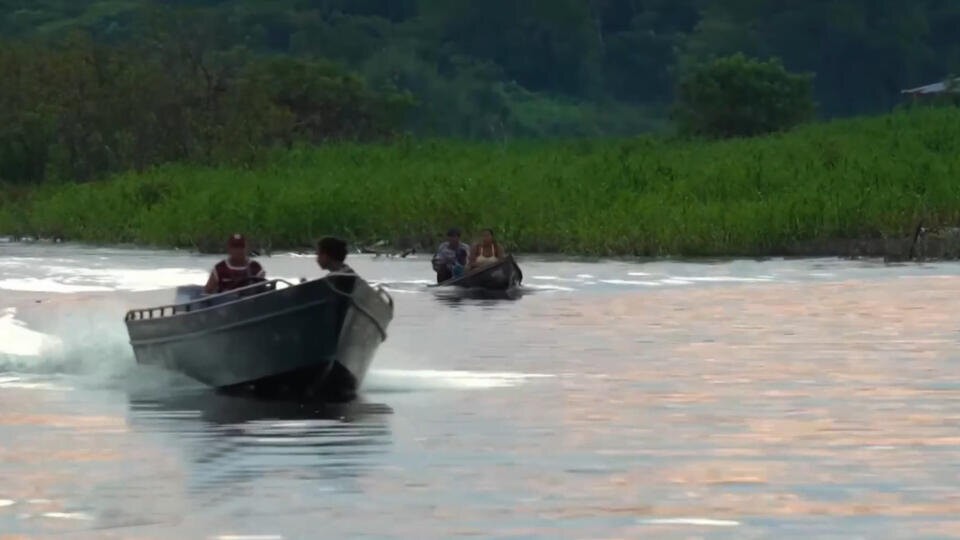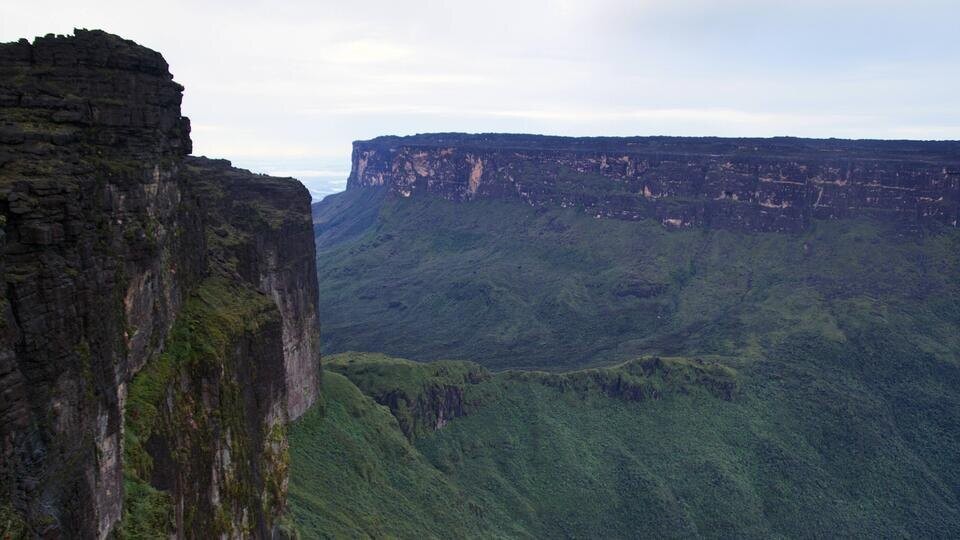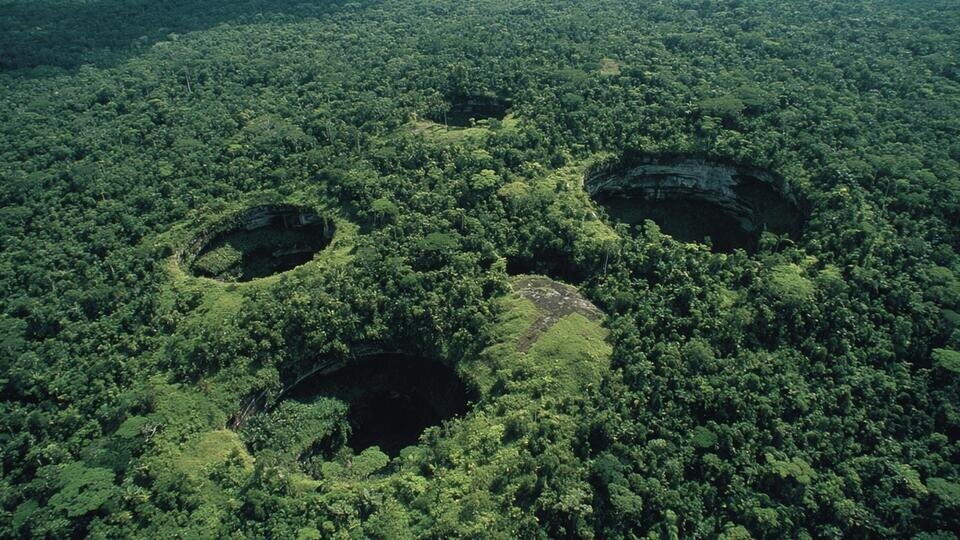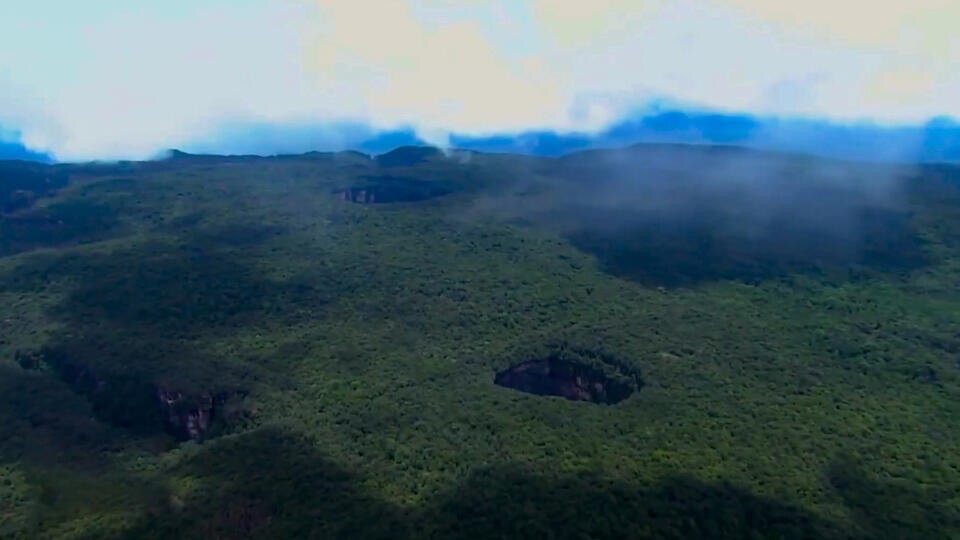Forbidden Zones of Earth: Places on Our Planet Harder to Reach Than Mars
Some places on Earth remain untouched by human feet. Not Antarctica's snow fields. Not Nemo's Point—the farthest spot from land in the world. The remaining “white spots” on the map are hidden in the heart of the Venezuelan jungle, and reaching them is even harder than landing on Mars. These are the hidden frontiers of our world, where legends linger and access is barred by geography, policy, and fear. Among these frontier lands, the Tepuis—Auyán-Tepuí and Roraima—stand as two of the most famous. Local names for them translate to Tepui, or Homes of the Gods, a reminder that these flat-topped mountains feel almost otherworldly. They are surrounded by dense jungle and nearly impassable terrain, a true lost world that formed millions of years ago and now shelters some of the planet’s least-visited places. There are fewer than 15 tepuis left in the world. Roraima, the highest Venezuelan tepui at 2,810 meters, looms as a crown of stone and legend. Indigenous lore says it is the trunk of a giant magical tree that once stood in the forest; when invaders felled that tree, the gods sent a universal flood in punishment. Tourists do visit, but they reach only a portion of the slope. Much of the tepui remains off-limits—the land is too wild and treacherous. The real draw here is the main jewel of the region: Angel Falls, nearly 980 meters high, where the stream’s spray sings through the air and a constant rainbow arches over the jungle below.

In This Article:
The Heart of the Jungle: Auyán-Tepuí, Roraima and the Homes of the Gods
In the heart of Venezuela’s jungle lie the Auyán-Tepuí and Roraima tepuis, two of the planet’s most famous white spots. Indigenous people call them Tepuí—Homes of the Gods—a name that hints at what lies beyond the forest’s edge. These steep, forested plateaus enshroud a lost world that formed millions of years ago. Today there are fewer than 15 tepuis left in the world, and their isolation has produced astonishing ecosystems and stories that blur science and myth. Roraima rises as the tallest of the Venezuelan tepuis at 2,810 meters. Local legends say it is the trunk of a giant magical tree, cut down by invaders and punished by the gods with a flood. Access remains limited: most visitors arrive at only a portion of the slope, while much of Auyán-Tepuí itself remains off-limits because the terrain is too wild. The region’s crown jewel is Angel Falls—the world’s highest waterfall at about 980 meters—where a veil of mist turns into a living rainbow above the treetops.

Sarisariñama: The Devil’s Funnels and the Lost World
Within Venezuela’s shadowed jungles lies Sarisariñama, famed for four circular sinkholes carved into the mountain’s face. Local legends speak of evil spirits and even beings from other realms inhabiting these holes, earning the place the reputation of a doorway to a unknown world. In 1974, the naturalist Charles Brewer-Carías undertook a decade-long trek to reach Sarisariñama’s forbidden summit. The expedition was meticulous and years in the making, driven by a desire to glimpse pockets of a land that had remained sealed from outsiders. Inside the holes, researchers discovered unique plants and animals—and more than 27 species were later named after Brewer-Carías. He recalled that the air around the sinkholes carried thousands of unknown fungal spores and other microbes, a reminder of how little we understand about these isolated ecosystems. Geologists now suspect the holes formed when subterranean chambers collapsed, leaving vertical chasms that breathe a different, alien-like air. The result is a tunnel to a lost world that still poses a risk to those who venture near.

Javari Valley: A Closed World of Indigenous Lands and Cartels
In Brazil’s Amazonas state sits the Javari Valley, one of the least-explored corners of the country. About 6,000 Indigenous people live there, belonging to 26 ethnic groups; 19 of these groups have never had contact with the outside world. Since the 1990s, authorities have barred outsiders from entering to avoid breaking long-standing boundaries with local communities. Yet the jungle still attracts criminals: illegal loggers, fishers, and drug cartel traffickers use the trails, while law enforcement rarely ventures into this remote terrain. The Javari region has been deemed the most dangerous in Amazonas. In recent years, killings rose by about 54%, and both locals and foreigners have fallen victim to violence. In 2022, two high-profile cases underscored the zone’s peril: British journalist Dom Phillips and indigenous-rights defender Bruno Pereira disappeared in the area. Pereira was killed by three shots, including one to the back, while Phillips died simply for being near Pereira, illustrating how quickly danger can close in around those who document or defend this place.

Gangkar Puensum: Bhutan's Sacred White Peak and the Unconquered Summit
Gangkar Puensum—the highest point in Bhutan at 7,575 meters—remains the world’s highest unclimbed summit. Local belief holds that spirits inhabit its slopes, making ascent not just dangerous but sacred. In the late 20th century, a Japanese expedition attempted to reach the peak from the Chinese side, but Bhutan’s authorities protested and the climb was called off. Since then, the mountain has stayed untouched, a powerful reminder that some places resist human conquest because of cultural reverence as much as geography. The mountain’s status as a forbidden treasure highlights how Earth can shelter mysteries that surpass even Mars in their stubbornness to reveal themselves.

